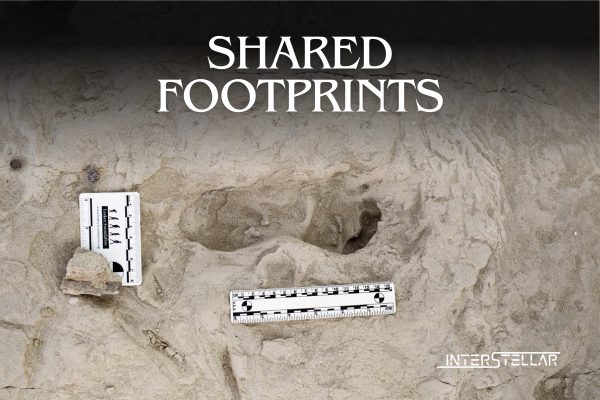Fossilised Footprints Reveal Hominin Coexistence in Ancient Kenya
Around 1.5 million years ago, individuals from two human evolutionary species, Paranthropus boisei and Homo erectus, left footprints on a muddy lakeshore in northern Kenya. These intersecting ancient footprints, discovered at Koobi Fora, mark the first concrete evidence of these species sharing the same landscape. Their coexistence raises questions about their interactions and potential competition for resources.
The Two Species: Distinctions in Anatomy and Behaviour
Paranthropus boisei, a more distant relative of modern humans, lived from about 2.3 to 1.2 million years ago. This species stood approximately 137 cm (4 feet 6 inches) tall and featured a skull built for powerful chewing, with massive molars and a cranial crest. Their feet retained ape-like characteristics, such as a more mobile big toe, which contributed to a flat-footed gait.
In contrast, Homo erectus, an early member of the human evolutionary line, had body proportions similar to modern humans. Ranging from 145 to 185 cm (4 feet 9 inches to 6 feet 1 inch) in height, they exhibited larger brain sizes and prominent brow ridges. Their footprints, discovered at the site, reveal a human-like walking gait with a stiff foot and a pronounced arch.
Discovery of the Trackways
In 2021, researchers uncovered these fossilised footprints near Lake Turkana. They found a trackway of 12 prints, attributed to an adult Paranthropus boisei, and three isolated footprints, likely belonging to Homo erectus, with two confidently identified as those of a juvenile. The prints, preserved in undried mud, indicate that the two species may have crossed paths within hours or days of each other, although no interaction evidence exists.
Palaeoanthropologist Louise Leakey noted, “The fossil footprints capture a moment in time when human ancestors may have been gathering resources or hunting.”
Diets and Resource Competition
Both species likely occupied the resource-rich lakeshore for its valuable offerings, despite threats from predators like hippos and crocodiles. However, their dietary habits might have reduced competition. Paranthropus boisei primarily consumed tough vegetation requiring intense chewing. Meanwhile, Homo erectus had a more versatile, omnivorous diet, using tools to butcher meat and gather other foods.
Insights from the Fossilised Tracks
The footprints provide unique insights into the anatomy, movement, and behaviours of these hominins that skeletal remains cannot. The human-like footprints of Homo erectus reflect advanced locomotion, while Paranthropus boisei tracks show traits intermediate between chimpanzees and humans.
This coexistence likely spanned 200,000 years, with Homo erectus eventually outlasting Paranthropus boisei. The former expanded beyond Africa, becoming a possible direct ancestor of modern humans.
Harvard evolutionary biologist Neil Roach summarised the importance of these findings: “These footprints reveal how distinct species interacted with their environment and how crucial these landscapes were to their survival, despite significant risks.”
With inputs from Reuters


